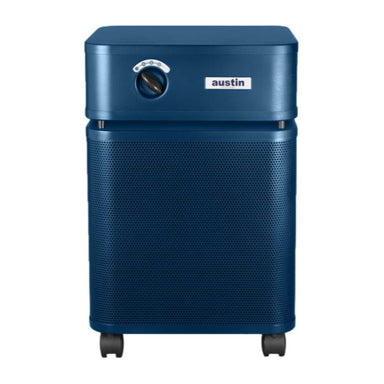
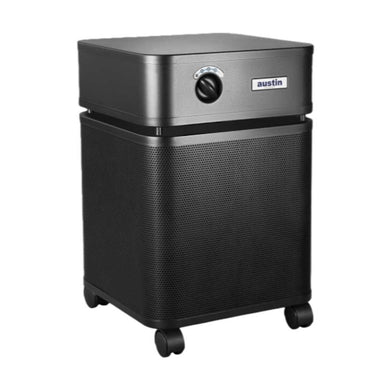 Save $328.90
Save $328.90
Austin Air HealthMate Air Purifier
Unit Specifications: Dimensions: 14.5″ L x 14.5″ W x 23″ H Weight: 47 lbs. 360° Perforated steel intake housing Baked on powder coat paint finish ...
View full detailsWhat features should I look for in a high-quality air purifier?
A: Key features include a True HEPA filter that captures at least 99.97% of particles (like dust, pollen, and smoke), an activated carbon layer to reduce odors and VOCs, and a CADR (Clean Air Delivery Rate) rating suitable for your room size. Some models also offer smart functionality, auto mode, and air quality sensors for more efficient operation.
How do I determine the right size or capacity for my room?
A: Check the square footage your chosen air purifier can handle—often listed on the product box or specifications. Choose a unit rated at or above your room’s size for optimal performance. If you plan to move it between rooms, a slightly higher capacity ensures it can handle larger spaces effectively.
Are there any maintenance costs or specific upkeep for air purifiers?
A: Yes. You’ll need to replace filters periodically—usually every 6 to 12 months for a True HEPA filter, and about 3 to 6 months for activated carbon filters (depending on usage and air quality). Some purifiers have reusable or washable pre-filters, which can reduce overall costs. Factor in filter prices when comparing models.
Do air purifiers help with allergies, and which type is most effective?
A: Air purifiers, especially those with True HEPA filters, can greatly reduce airborne allergens like pollen, dust mites, and pet dander. For the best allergy relief, look for certifications like the Asthma and Allergy Friendly seal, which indicates the purifier meets certain performance standards.
What additional technologies or features might be beneficial?
A: Some purifiers include UV-C lights to kill germs and bacteria, ionizers to bind particles together, or specialized filters to target chemicals (VOCs). If noise is a concern, look for models with adjustable fan speeds and a “quiet” or “sleep” mode. Smart features, like app or voice control, can also be a plus if you value remote operation and real-time air quality updates.
Read FAQs

 Save $328.90
Save $328.90
Unit Specifications: Dimensions: 14.5″ L x 14.5″ W x 23″ H Weight: 47 lbs. 360° Perforated steel intake housing Baked on powder coat paint finish ...
View full details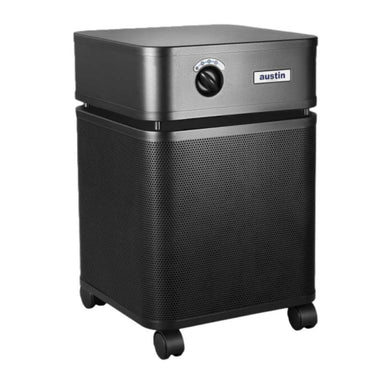
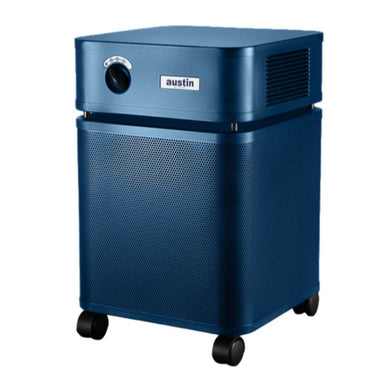 Save $436.04
Save $436.04
Unit Specification: Dimensions: 14.5″ L x 14.5″ W x 23″ H Weight: 47 lbs. 360° Perforated steel intake housing Baked on powder coat paint finish 3...
View full details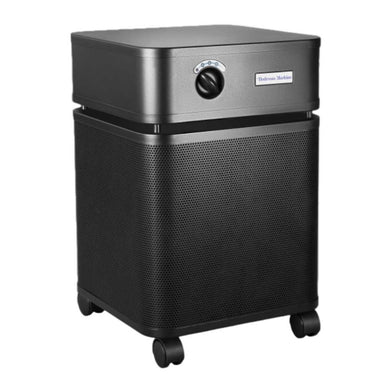
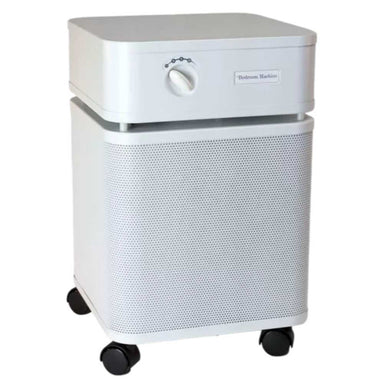 Save $577.09
Save $577.09
Unit Specifications: Dimensions: 14.5″ L x 14.5″ W x 23″ H Weight: 47 lbs. 360° Perforated steel intake housing Baked on powder coat paint finish ...
View full details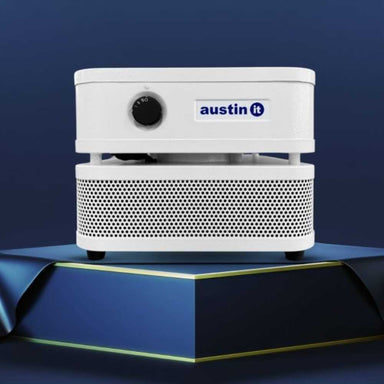
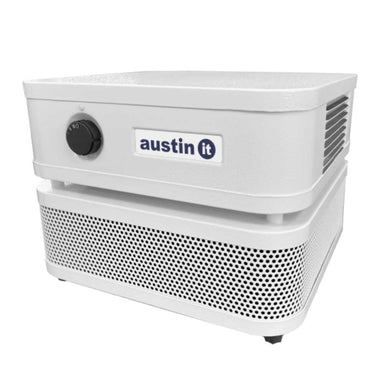 Sale
Sale
Unit Specifications: Dimensions: 11″ L x 11″ W x 8.5″ H Weight: 11 lbs. 360° Perforated steel intake housing Baked on powder coat paint finish 3-s...
View full details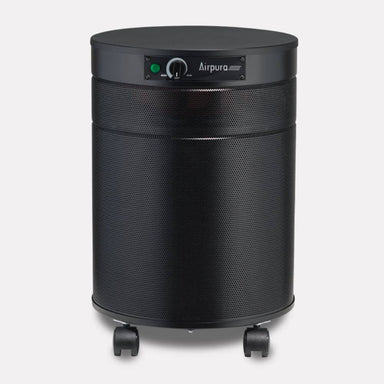
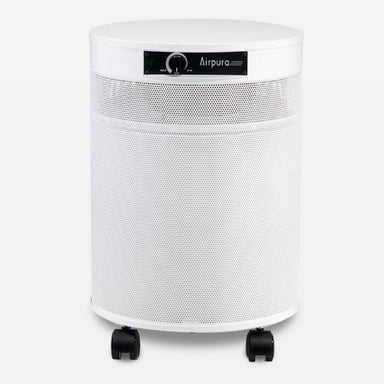 Save $449.99
Save $449.99
Notable Features Advanced HEPA Filtration: This air purifier is equipped with a high-efficiency particulate air (HEPA) filter capable of trapping...
View full details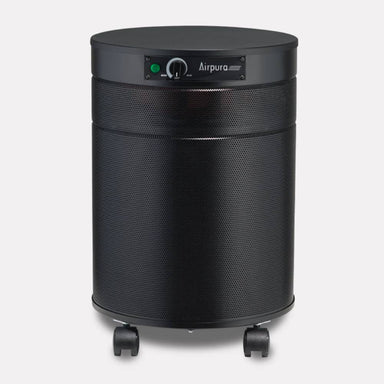
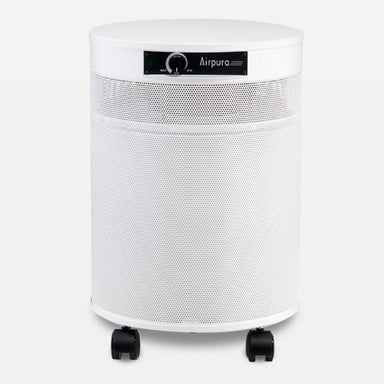 Save $419.99
Save $419.99
Notable Features Advanced HEPA Filtration: The Airpura P714 Air Purifier likely includes a HEPA filter, which is essential for trapping and remov...
View full details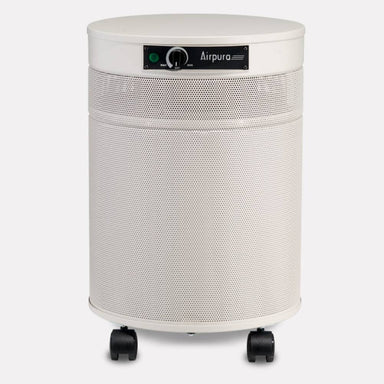
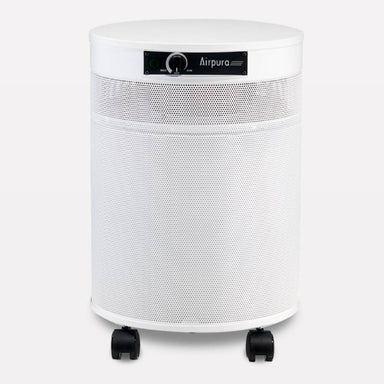 Save $299.99
Save $299.99
Notable Features UV Germicidal Lamp: This feature uses ultraviolet light to effectively neutralize harmful microorganisms such as bacteria, virus...
View full details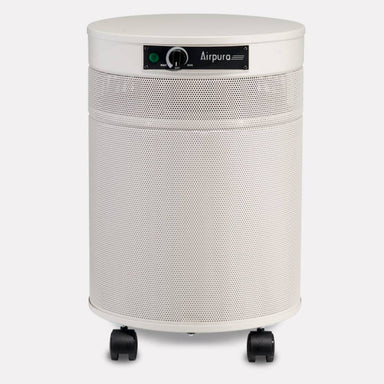
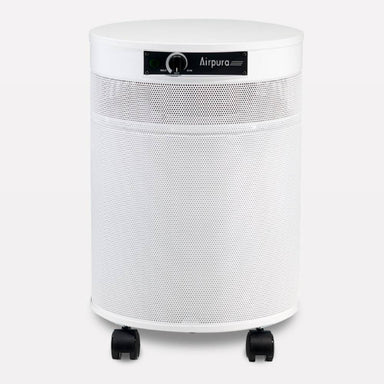 Sold out
Sold out
Notable Features HEPA Filtration: Equipped with a high-efficiency particulate air (HEPA) filter, the Airpura H600 Air Purifier efficiently traps ...
View full details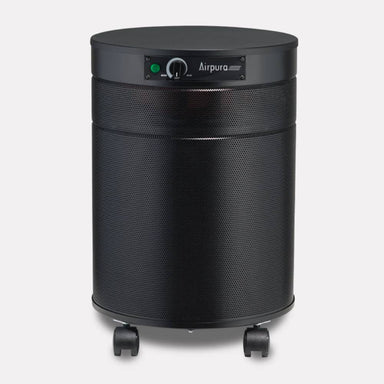
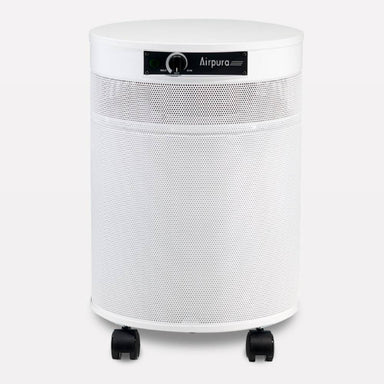 Save $284.99
Save $284.99
Notable Features Specialized Filtration System: The Airpura F614 Air Purifier is equipped with a multi-stage filtration process, including a HEPA ...
View full details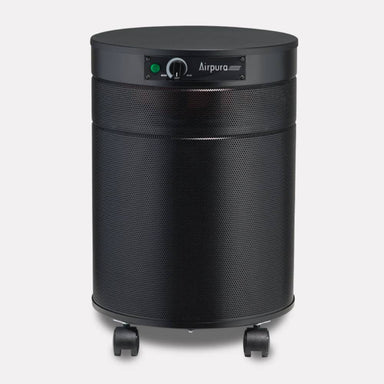
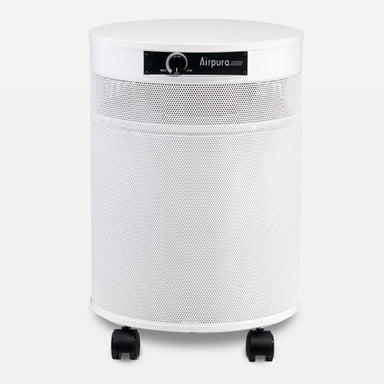 Sold out
Sold out
Notable Features HEPA Filtration: The Airpura H614 Air Purifier is equipped with a high-efficiency particulate air (HEPA) filter, capable of trap...
View full details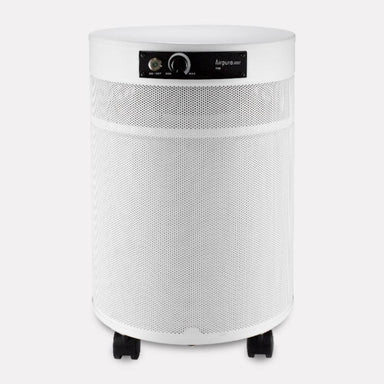
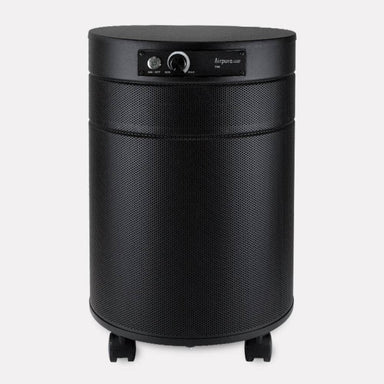 Save $314.99
Save $314.99
Notable Features Specialized Filtration System: The Airpura T700 is equipped with a powerful 26-pound activated carbon filter made from 100% Coco...
View full details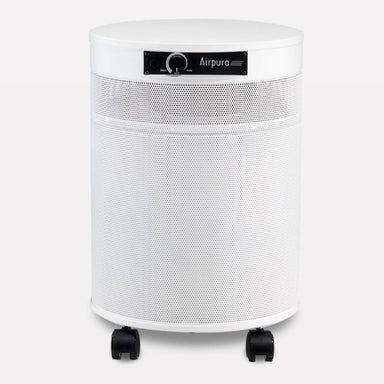
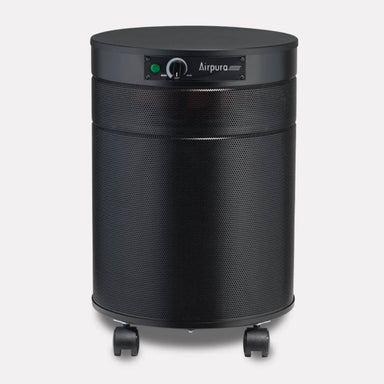 Save $404.99
Save $404.99
Notable Features Advanced HEPA Filtration: Utilizes a high-efficiency particulate air (HEPA) filter capable of trapping 99.99% of airborne partic...
View full details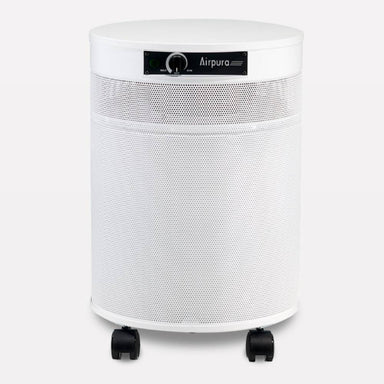
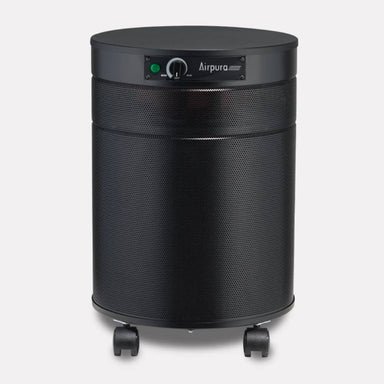 Save $374.99
Save $374.99
Notable Features Advanced HEPA Filtration: The P614 Air Purifier employs a high-efficiency particulate air (HEPA) filter, capable of trapping 99....
View full details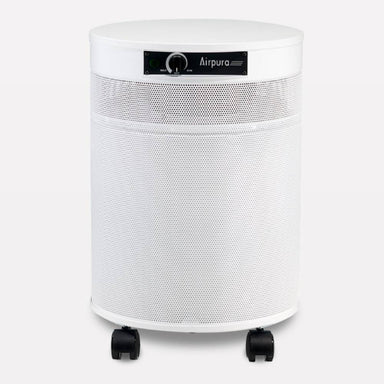
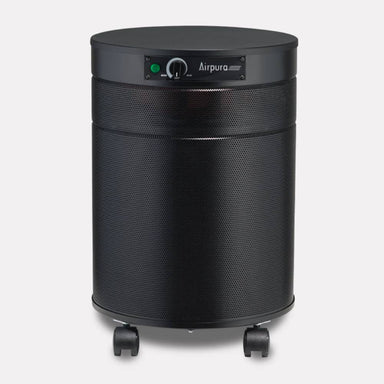 Save $284.99
Save $284.99
Notable Features Advanced TarBarrier Pre-Filter: Specifically designed to trap tar particles and larger smoke molecules, effectively extending th...
View full details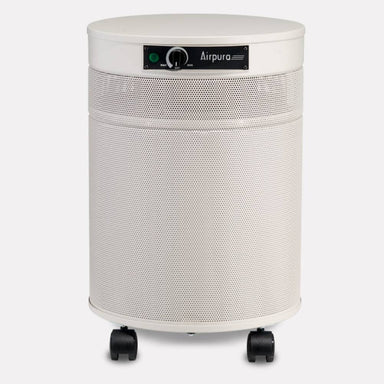
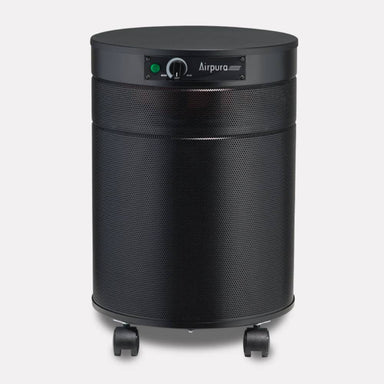 Save $269.99
Save $269.99
Notable Features Advanced HEPA Filtration: The Airpura T600 Air Purifier is equipped with a True HEPA filter that captures 95% of airborne partic...
View full details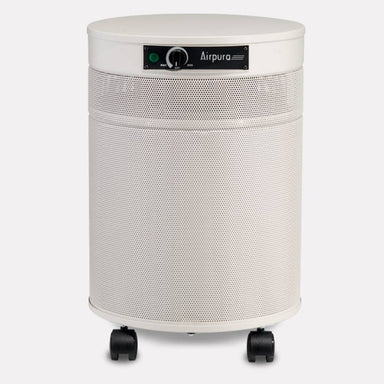
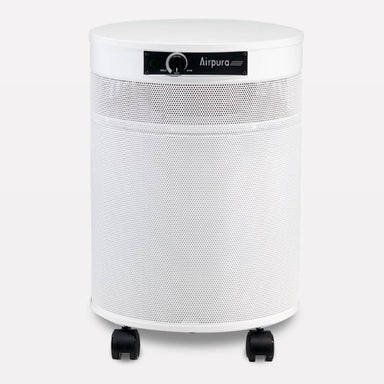 Save $299.99
Save $299.99
Notable Features Advanced Filtration System: The G600 DLX Air Purifier includes a large carbon bed which is effective in absorbing harmful gases ...
View full details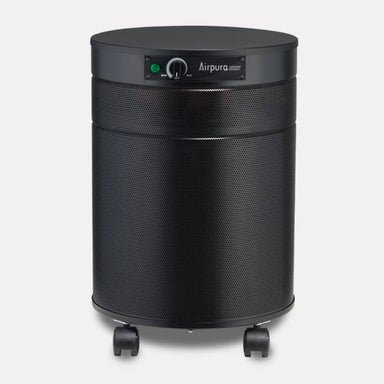
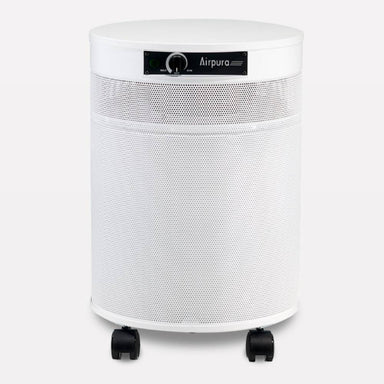 Save $284.99
Save $284.99
Notable Features High-Capacity Odor-Free Carbon Filter: This air purifier contains 18 lbs of premium German-sourced activated carbon, which is ef...
View full details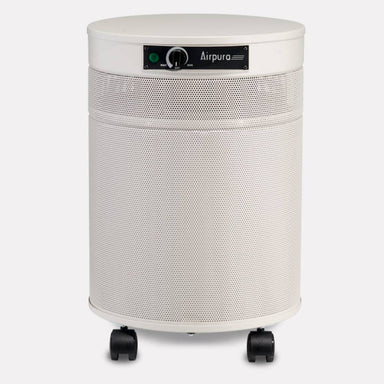
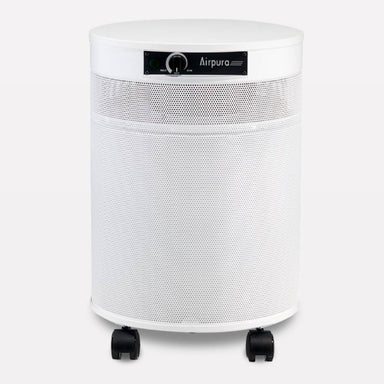 Save $314.99
Save $314.99
Notable Features Advanced Formaldehyde and VOC Filtration: The Airpura F600 DLX Air Purifier is equipped with specialized filters designed to tar...
View full details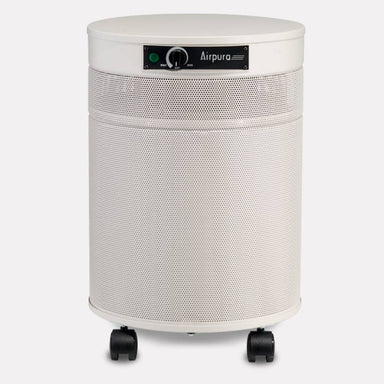
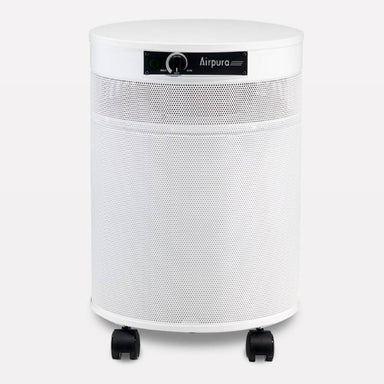 Save $269.99
Save $269.99
Notable Features Advanced HEPA Filtration: The Airpura F600 Air Purifier is equipped with a high-efficiency particulate air (HEPA) filter, which ...
View full details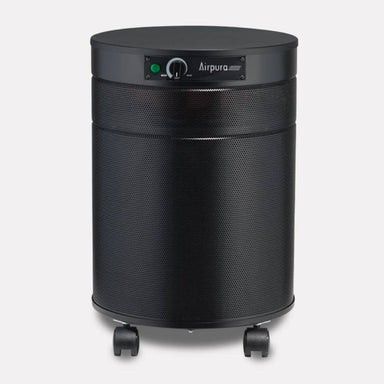
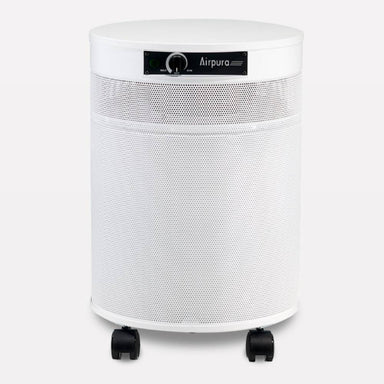 Save $389.99
Save $389.99
Notable Features True HEPA Filter: This air filter is top-class and can trap 99.97% of airborne particles as small as 0.3 microns, including dust...
View full details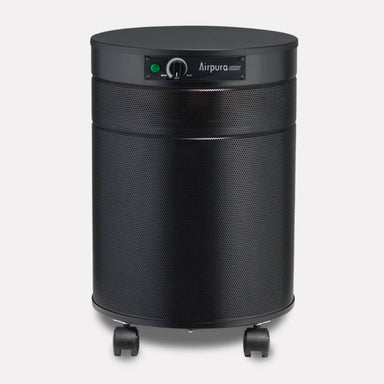
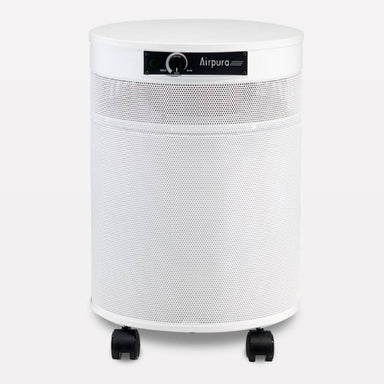 Save $359.99
Save $359.99
Notable Features Advanced HEPA Filtration: The P600 Air Purifier comes equipped with a high-efficiency particulate air (HEPA) filter, which is hi...
View full details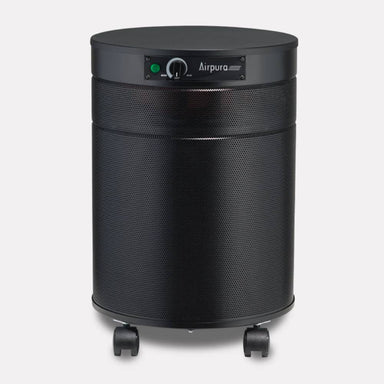
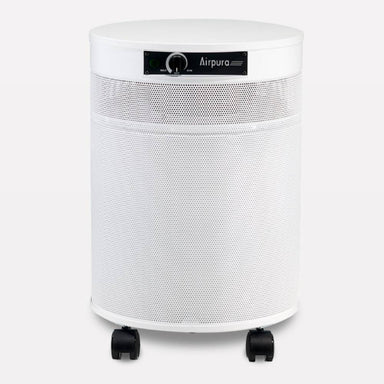 Sold out
Sold out
Notable Features Advanced HEPA Filtration: The I600+ Air Purifier utilizes a high-efficiency particulate air (HEPA) filter, capable of trapping 9...
View full details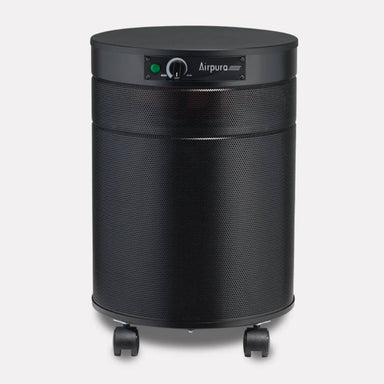
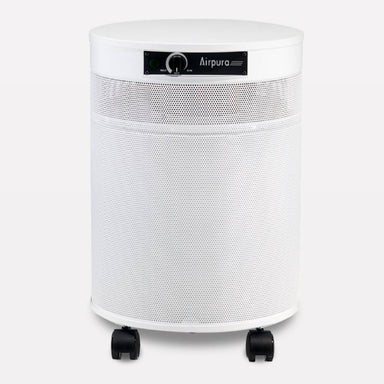 Save $230.99
Save $230.99
Notable Features Advanced HEPA Filtration: The Airpura I600 Air Purifier utilizes a high-efficiency particulate air (HEPA) filter, capable of tra...
View full details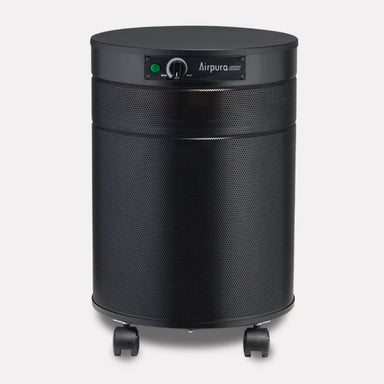
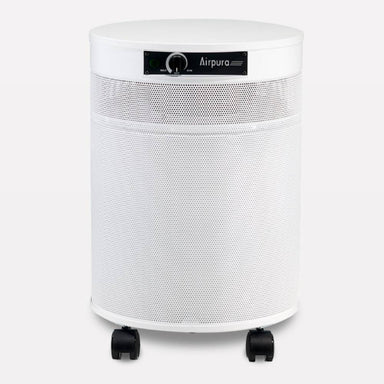 Save $284.99
Save $284.99
Notable Features Advanced Chemical and Gas Abatement: Equipped with specialized filtration technology to effectively remove a wide range of airbo...
View full detailsAdded to your cart:
Elegant, supportive, and incredibly well-built. The firm yet comfortable cushions are perfect for long movie nights, and the adjustable headrest and lumbar support make a noticeable difference. The premium leather finish looks stunning in our theater room.
Love the design and functionality. Reclines fully, massage is gentle but relaxing. Took a bit to assemble but worth it.
The craftsmanship is top-notch. Feels like sitting in a luxury car. Super comfortable for long movies or binge-watching.
No complicated setup, great aesthetics, and Bluetooth streaming works flawlessly.
So cute and works perfectly. Love how compact and lightweight it is.
compact, stylish, and the sound is better than I expected

